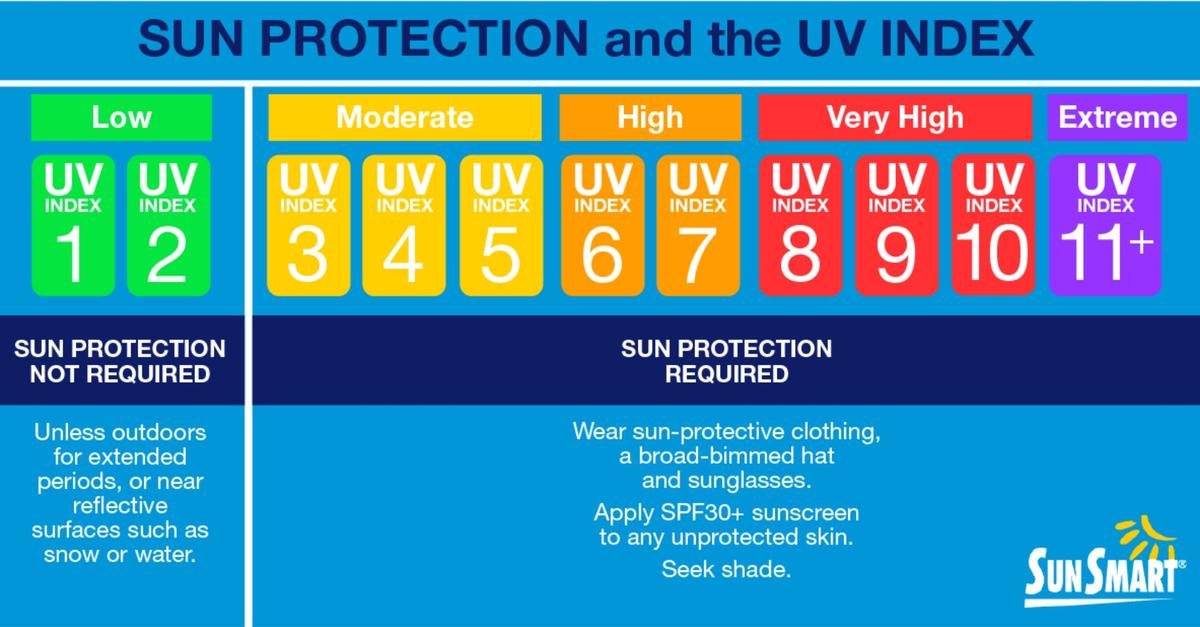Wellbeing
Sunsmart

Wellbeing
Sunsmart
We are a couple of weeks into our focus on being Sunsmart. Please ask your children what they are learning about the sun and UV rays. Here are some tips on how you can be a Sunsmart family from the sunsmart.com.au website.
Don’t just wait for hot or sunny days to use sun protection. UV can damage your skin on cool and cloudy days too.
Check the free SunSmart app or SunSmart website each day for the recommended sun protection times. The sun protection times are a forecast from the Bureau of Meteorology for the time of day UV levels are expected to reach 3 or higher. At these levels, sun protection is recommended for all skin types. In Victoria, UV levels regularly reach 3 or higher from mid-August to the end of April.
Whenever UV levels are 3 or higher, remember to SLIP on covering clothing, SLOP on SPF30 (or higher) sunscreen, SLAP on a broad-brim hat, SEEK shade and SLIDE on some sunglasses to help protect skin and eyes and reduce future skin cancer risk.
Sun protection should not only be used during terms one and four. Check your child’s school or pre-school is using sun protection beyond these two terms.
Parents and carers can be powerful role models. When you use sun protection such as hats, shade, sunscreen and clothing, not only is it protecting you but it also means your children are more likely to use them too.
Research shows that healthy habits learned in the younger years are more likely to continue than ones acquired in adulthood. A study also found that teenagers who used sunscreen generally had parents who insisted on sunscreen use when those teenagers were children.
Early childhood experts advise that children usually have a natural drive to be independent. This is a healthy part of normal child development allowing them to gradually learn more tasks.
Parents and carers can help young children become independent by encouraging them to take responsibility for themselves whenever possible. When children practice self-help skills, they practice their large and small motor skills, gain confidence in their ability to try new things and build their self-esteem and pride in their independence.
Sun protection examples include:

